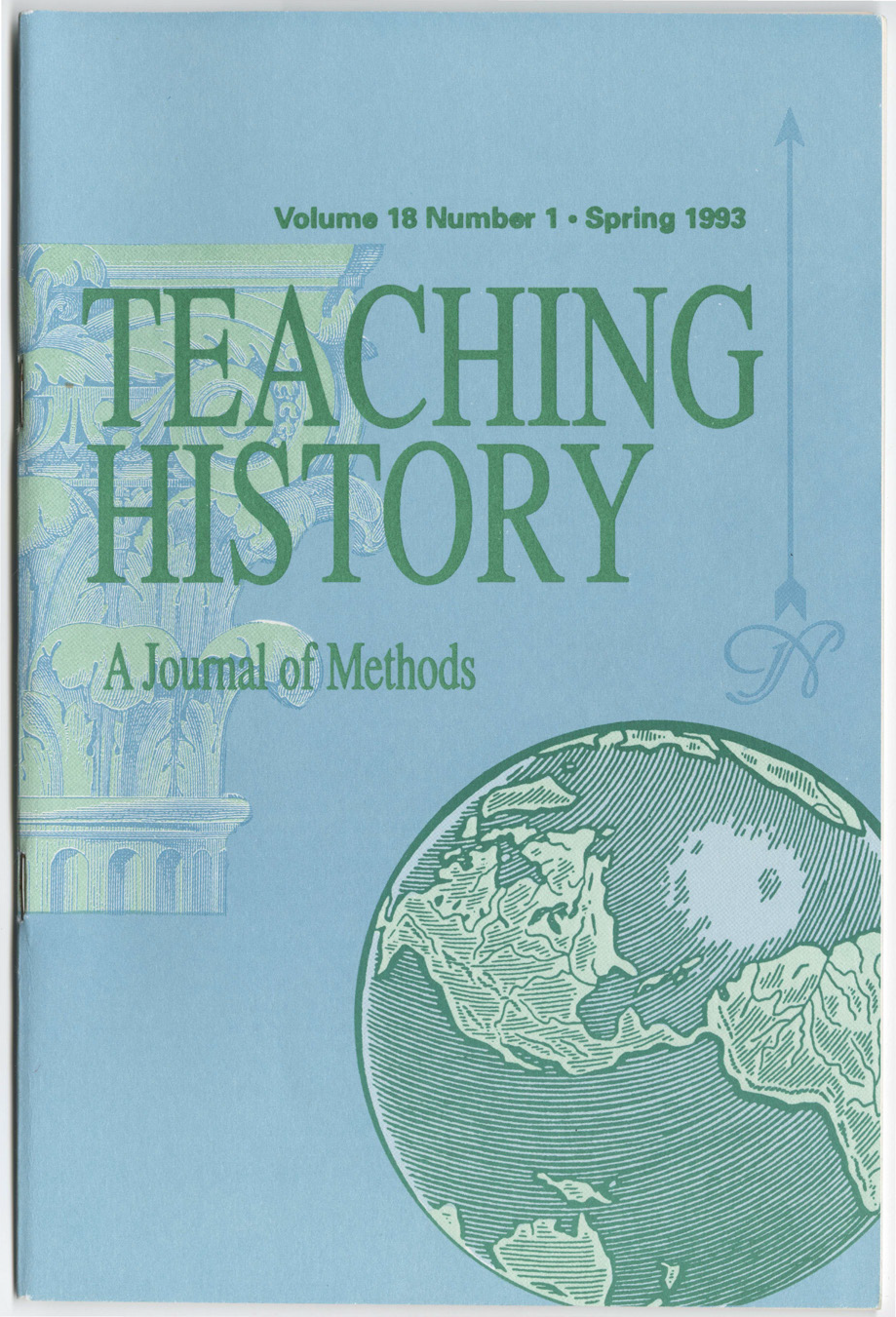How Much War Should Be Included In A Course On World War II
DOI:
https://doi.org/10.33043/TH.18.1.14-21Abstract
In the not too distant past historians felt little sense of guilt if their courses in modem history abruptly ended in 1939 as Europe stood on the brink of the Second World War. For many of them that war was a telling episode in their own lives and thus more appropriately treated by the journalist than by the historian. Those times have dramatically changed. If for my generation, World War II is associated with personal memory, however indistinct, for the students of the 1990s, it is ancient history. We have, after all, recently marked the fiftieth anniversary of the Japanese attack on Pearl Harbor and the United States entry into the conflict. Even more striking is the sea change of the last few years that has ended the post-WW II "settlement" and finally enabled us to treat The Cold War as History.1 Not surprisingly courses on World War II have burgeoned and students, eager to understand this epic phenomenon and its significance for the contemporary world, have flocked into them.
Downloads
Downloads
Published
How to Cite
Issue
Section
License
Copyright (c) 1993 Donald C. Schilling

This work is licensed under a Creative Commons Attribution-NonCommercial-NoDerivatives 4.0 International License.
By submitting to Teaching History, the author(s) agree to the terms of the Author Agreement. All authors retain copyrights associated with their article or review contributions. Beginning in 2019, all authors agree to make such contributions available under a Creative Commons Attribution-NonCommercial-NoDerivatives 4.0 International license upon publication.



